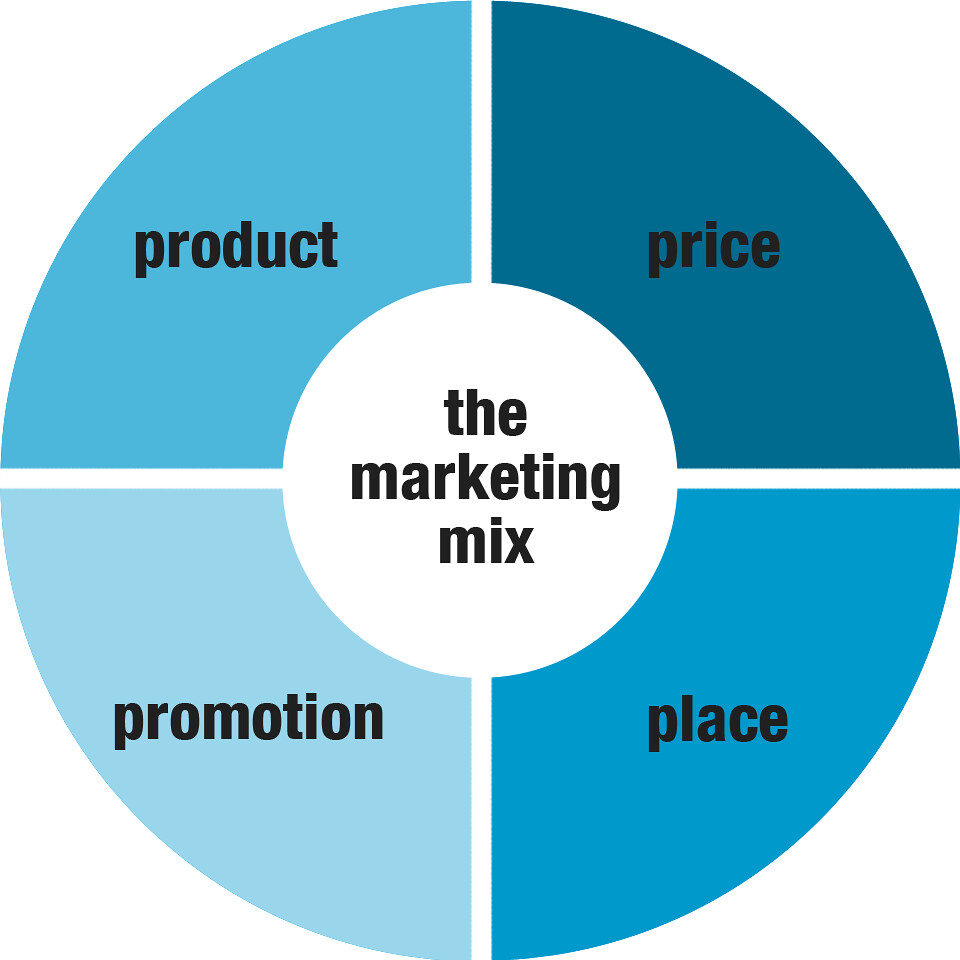PRODUCT PRICING AND FACTORS THAT AFFECTING PRODUCT PRICING.

Designed in Canva
In business, product pricing is very important. Without setting prices for products, firms may not be able to sell such products, which invariably leads to loss of profits.
Price: Meaning
Price is simply the specific amount of money one party (the buyer) gives to another (the seller) in exchange for something either product, service, idea, etc
Every product in the market has a price tag on it, and that’s people pay to be able to get the product.
In the market mix: product, price, place and promotion, price being the second is a key element because it is an income generation tool.
It plays an important role in the marketing & advertising of a company's product, therefore it should be set at a point where
- the company can make profit
- customers will be able to buy the product
- customers won't see the product as being too cheap, which might send a wrong signal that it is of less quality.
- It will be competitive with prices of other similar products in the market.
There are various factors that affect the product pricing and firms should always put them into consideration while setting prices of products. Let’s Look at these factors.
Cost of Product
This is one of the major determining factor of product pricing.
Cost of product are costs incurred in the production, distribution and sale of the product.
It is divided into three major parts namely; fixed cost, variable cost and semi variable costs.
Fixed cost. These are costs that do not vary with the level of output produced. They are necessary and must be incurred for production to take place. Examples; cost incurred in the purchase of land, machineries etc.
Variable cost can be referred to as costs that vary in direct proportion with the volume of production.
That is, an increase in the level of output also results to an increase in the variable cost.
Examples are the cost incurred on labour, raw materials, etc.Semi variable cost
This type of cost are costs that vary with the level of output but not in direct proportion.
They include commissions paid to intermediaries for the sale of a company's product.
To determine this cost, the total cost production is calculated, then divided by the total units produced from the estimated cost, plus distribution cost to get the particular price per product.
Demand For The Product
This is one major determinant of product pricing. Firms should consider the level of demand for their products first before setting prices.
This is where price elasticity of demand comes into play. It has elastic and inelastic demand
- Elastic demand is seen when a small rice or fall in price leads to a proportionate rise or fall in demand for the product.
- Inelastic demand happens if a change in price does not in any way affect the demand much. Here, firms are at liberty to increase prices, because the demand may not fall much.
Competition In The Market
Organizations should put into cognizance the prices of other competing products in the markets first before pegging their own price.
Generally, in a competitive market, it is expected that the prices of products should be competitive too. It should be at par with other competitive products to avoid being pushed out of the market by low priced ones. But if the products have other special additional features, the price should be higher.
Not only that, they should equally study the competitor’s products, features including their products distribution channels, promotions.
Corporate objectives.
A company can decide to set a high price for its product, if it's a new product so as to recover start-up costs. But if it is for the company to get a share of the market, they can decide to use a low price.
Government policies/regulations
It is the duty of the government to protect its citizens against unfair practices and pricing. They do this by imposing certain laws and regulations guiding product pricing. They can also regulate the prices of essential products like pharmaceutical products.
Consumers’ income & taste.
Consumers income and tastes differ. Some are high income earners, while some are low income earners, and their purchasing powers and tastes differ. While the high income earners may be able to purchase the product at any price, same cannot be said for the low income earners. So with this fact in mind, the firm should set the price at a level where both parties will be able to buy the product.
All these and more are the factors that influence prices, putting them into consideration will help a firm set a price that will sell its product and same time make profits.
It's just a day to #lpud, hope you are ready to participate?
Also the Zealy quest is still ongoing, you still have the chance to be a part of it, just clink the here to register, and share the $10k prize pool when you win.
If you found this content worth your read, please comment, upvote and re-blog. It will encourage me the more.
Thanks you.

Congratulations @luchyl! You have completed the following achievement on the Hive blockchain And have been rewarded with New badge(s)
Your next target is to reach 3000 replies.
You can view your badges on your board and compare yourself to others in the Ranking
If you no longer want to receive notifications, reply to this comment with the word
STOPCheck out our last posts:
What's your view on pricing a new Hive account and how do you think the theories you shared with us above should apply to it?
Also, in your opinion, do you think price should always rank second in the marketing mix? Including for Hive? And if not, what do you think think the mix should be?
Look forward to your opinion